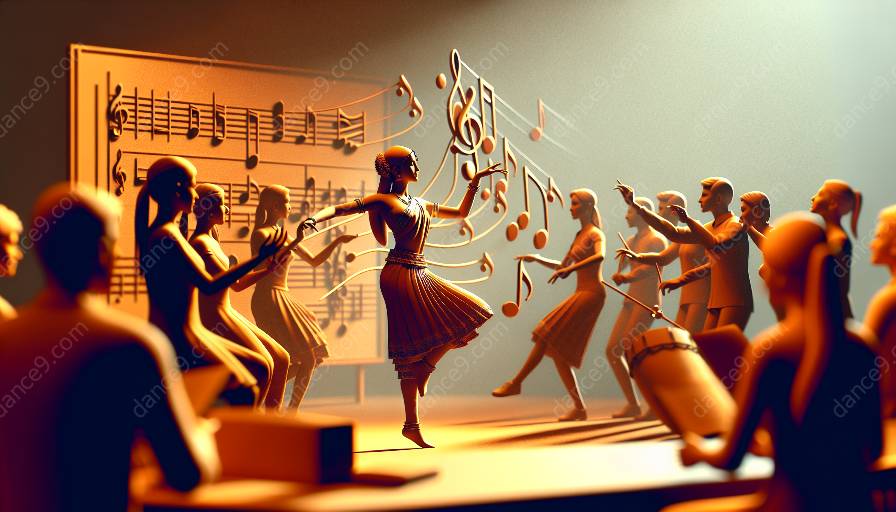Dance and music have always shared a deep and symbiotic relationship, with each art form enhancing and complementing the other in unique ways. The incorporation of music therapy in dance training takes this relationship to a new level, providing numerous benefits for dancers at all levels. By understanding how music therapy can enhance dance training, we can delve into the holistic approach of dance education and its impact on the overall well-being of dancers.
The Dance and Music Relationship
The relationship between dance and music is undeniable, with each art form influencing and inspiring the other. Music sets the tone and rhythm for dance, providing the foundation that dancers need to express themselves. In turn, dancers bring the music to life through their movements, creating a visual representation of the auditory art. This close connection is what makes dance and music such a powerful combination, as they work together to convey emotion, story, and creativity.
Benefits of Incorporating Music Therapy in Dance Training
Integrating music therapy into dance training can have a profound impact on dancers' physical, emotional, and mental well-being. The therapeutic use of music can help dancers connect with their movements on a deeper level, promoting self-expression and creativity. It can also aid in stress reduction, emotional release, and overall mental relaxation, creating a supportive environment for dancers to explore their artistry.
Moreover, music therapy can enhance dancers' physical coordination, rhythm, and musicality, leading to improved performance and artistry. By incorporating specific musical elements into dance training, such as tempo variations, dynamics, and improvisational techniques, dancers can develop a heightened awareness of their bodies and movements.
Furthermore, leveraging music therapy in dance training can provide a platform for dancers to explore interdisciplinary connections, such as the integration of visual arts, storytelling, and cultural influences. This multidisciplinary approach allows dancers to expand their creative horizons and gain a deeper understanding of the diverse elements that contribute to their art form.
Music Therapy and Dance Studies
As part of dance studies, the incorporation of music therapy offers a comprehensive approach to learning and practicing dance. It allows dancers to explore the psychological and emotional aspects of movement, providing a well-rounded education that extends beyond physical techniques. By integrating music therapy into dance studies, educators can nurture an environment that promotes holistic well-being and artistic development.
Furthermore, the integration of music therapy in dance studies opens doors to research and exploration of the intersection between music, movement, and the human experience. This encourages students and educators to delve into the cultural, historical, and therapeutic significance of music and dance, creating a richer and more profound understanding of these art forms.
Conclusion
The incorporation of music therapy in dance training enriches the connection between music and movement, providing dancers with a holistic approach to artistic expression and well-being. By understanding the close relationship between dance and music and embracing the benefits of music therapy in dance training, dancers can enhance their skills, creativity, and overall artistic experience. This approach not only benefits individual dancers but also contributes to the evolution and advancement of dance studies as a whole.

















